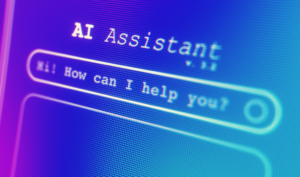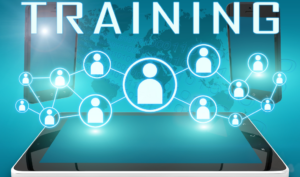
Unveiling Employee Motivators for Upskilling and Reskilling
In a world where technology is evolving at lightning speed, staying relevant is a challenge for both employees and employers. As industries adapt to new

In a world where technology is evolving at lightning speed, staying relevant is a challenge for both employees and employers. As industries adapt to new

Workplace evolution is natural. In its time, the digital workplace of the late 20th century was revolutionary. But that era has come and gone. And

If you’re a business or HR leader, you’re probably facing an enormous talent management challenge. Employers everywhere are struggling to retain and upskill existing employees,

As we take our first steps into 2024, it’s hard to imagine what this year will bring for HR and L&D. Last year was tumultuous,

The push/pull challenge of change management is never easy to embrace. After all, resisting disruption is human nature. But the process of unlearning and relearning

In today’s fluid job market, companies everywhere are seeking innovative ways to tap into a more skilled, diverse, adaptable talent pipeline. This is a key

Corporate learning and development (L&D) is at a crossroads. Today’s workforce desperately needs a skills update to prepare for the future of work, and old-school

People often ask me which HR trends should be on their radar. It’s a fair question, because I organize two of the HR profession’s most

Imagine you’re a hard-working entry-level employee who’s been in your current position for less than a year. Your skills are solid, but they don’t help

In HR circles, we talk a lot about employee development. Often, we focus on its role in improving workforce engagement and retention. But strategic learning

At some point, every organization will face an economic downturn. It could be a global recession or a serious slump in one of the industries

Sponsored by Reejig Countless HR tools, applications, and platforms now rely on artificial intelligence in some form. Users may not even notice that AI is

The current talent market poses numerous challenges for leaders and employees, alike. Perhaps the most disruptive force redefining the post-pandemic business landscape is persistently high

The world of work is rapidly evolving, and so are the career aspirations of the people. Compared to what we saw decades ago, people don’t

Remote workforce training has come of age. Forced to get creative during lockdowns, many companies moved beyond their traditional learning and development initiatives, exploring other

The pandemic has only accelerated our ever-growing skills gap. However, there’s a silver lining to the chaos we’ve experienced this year. People have proved to